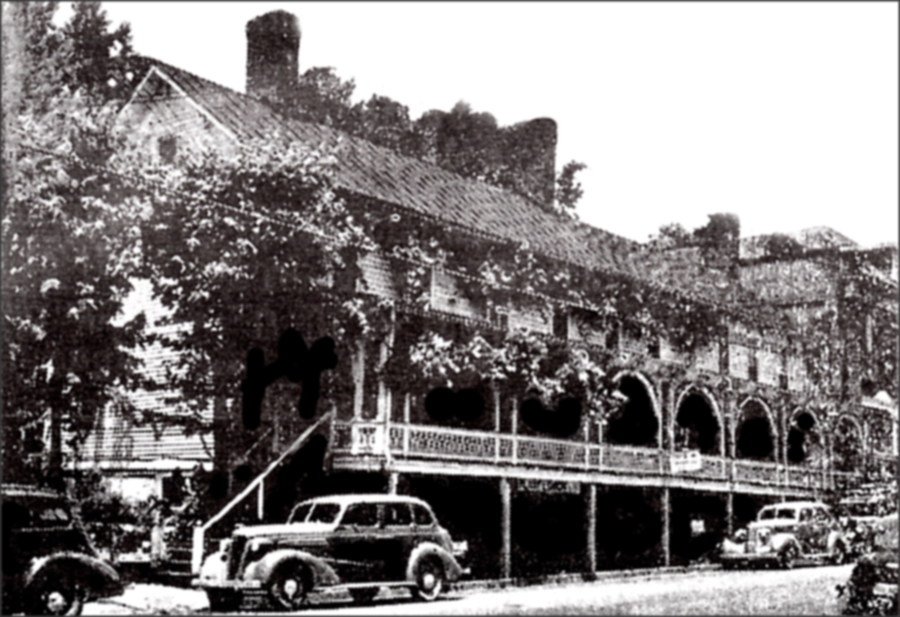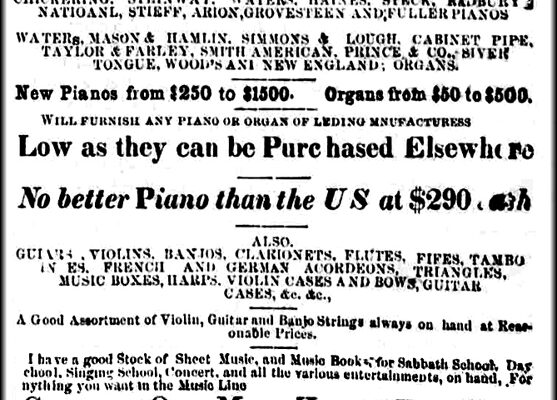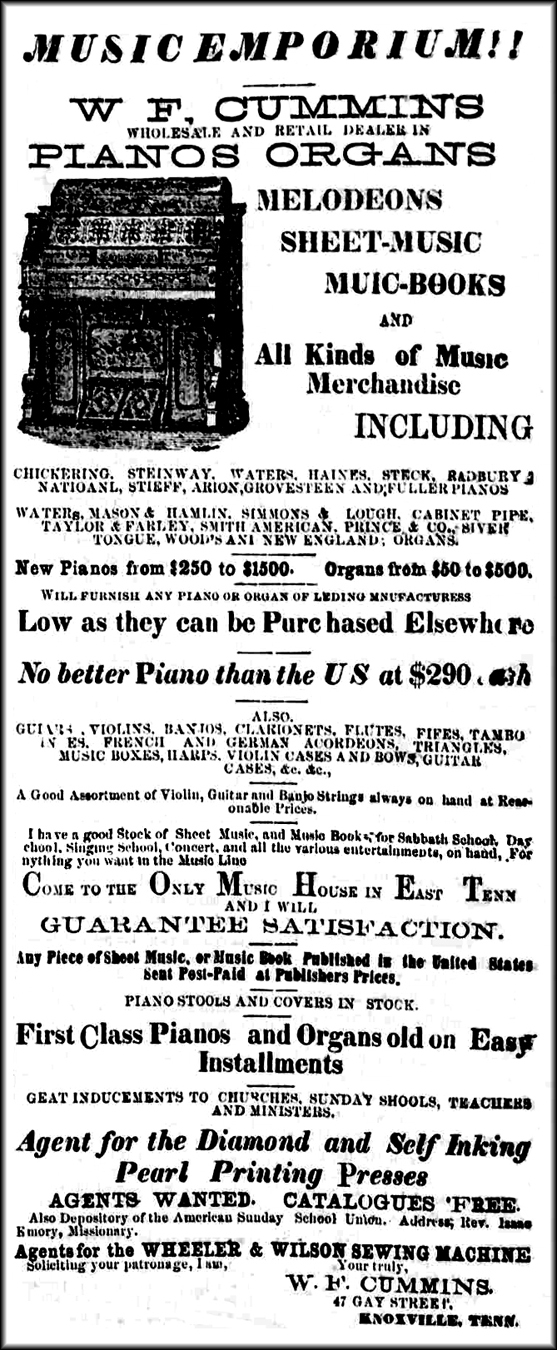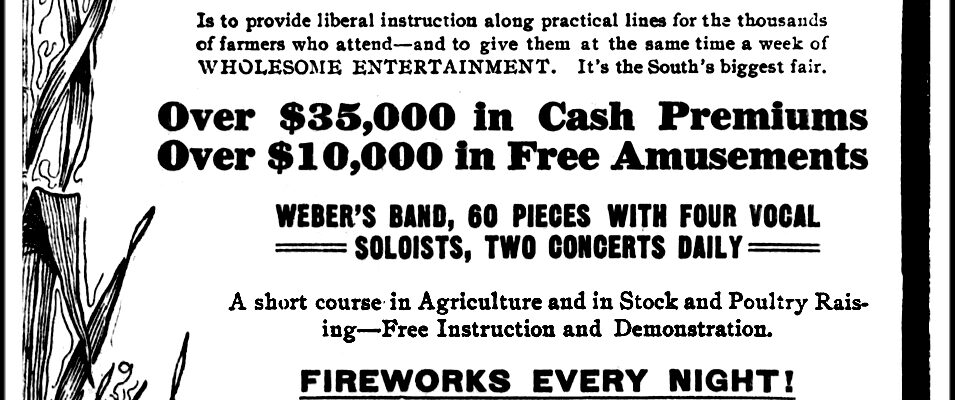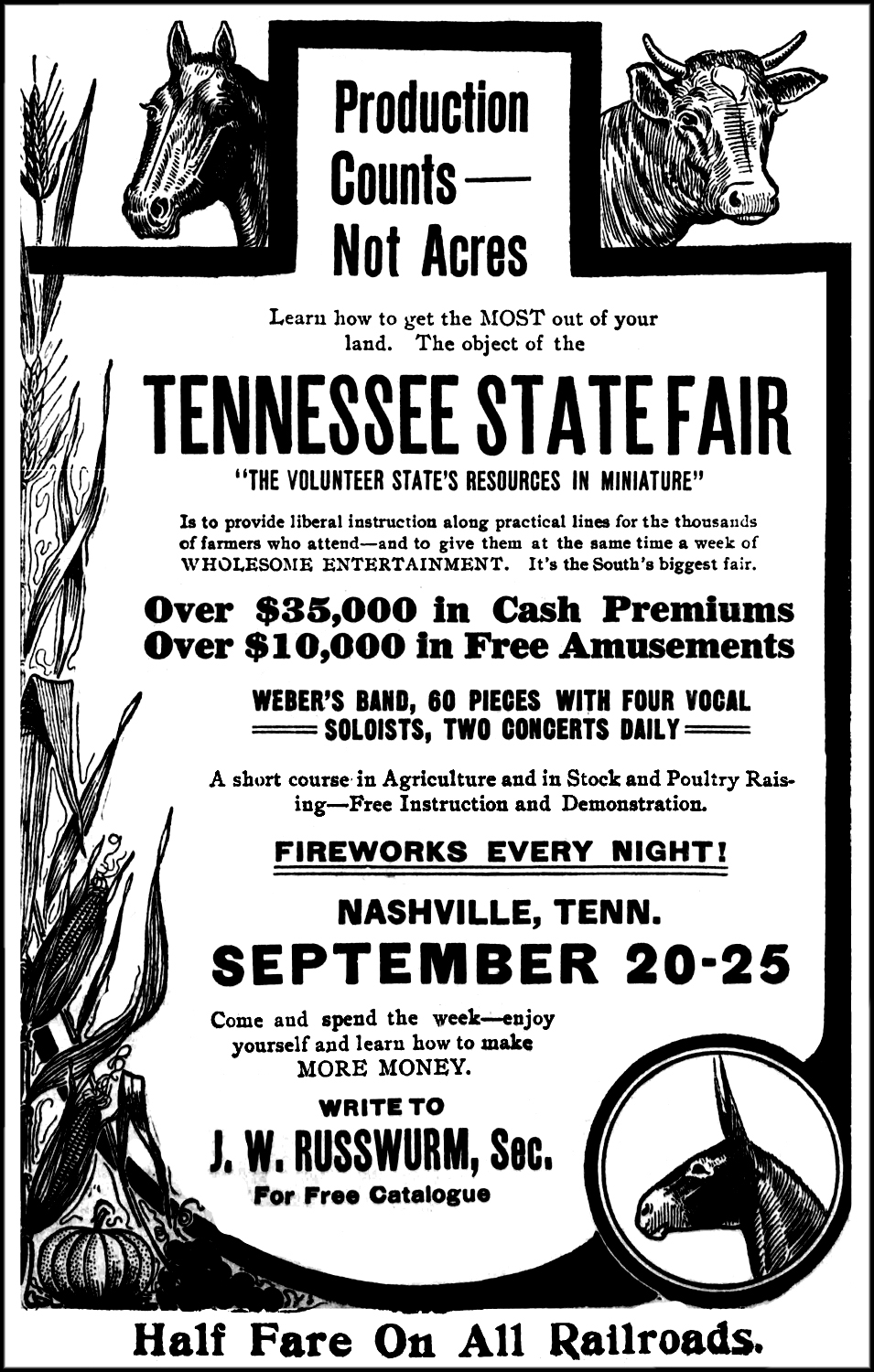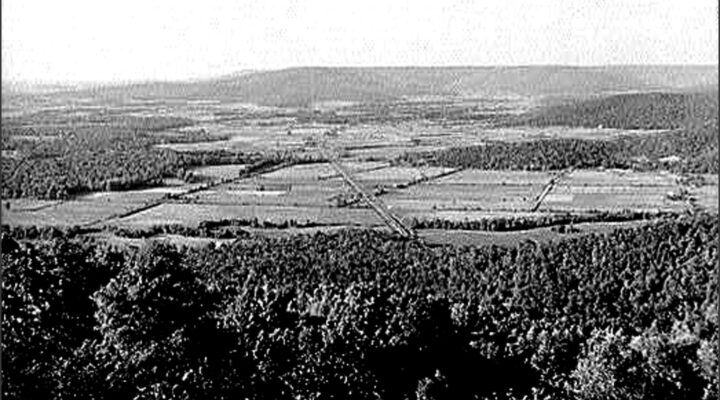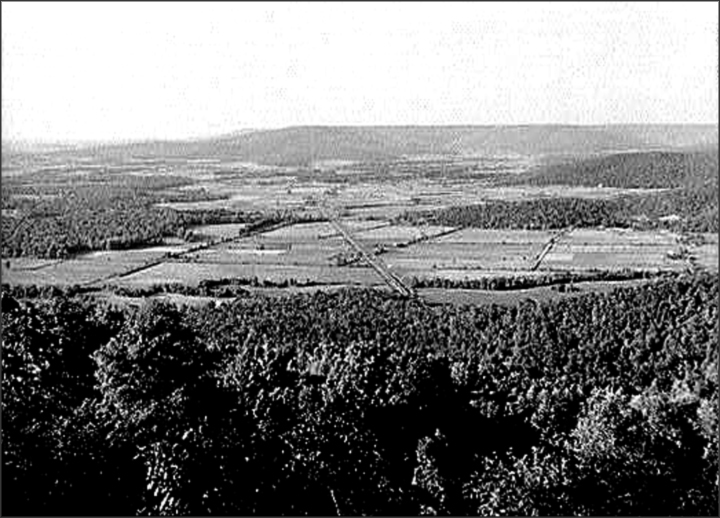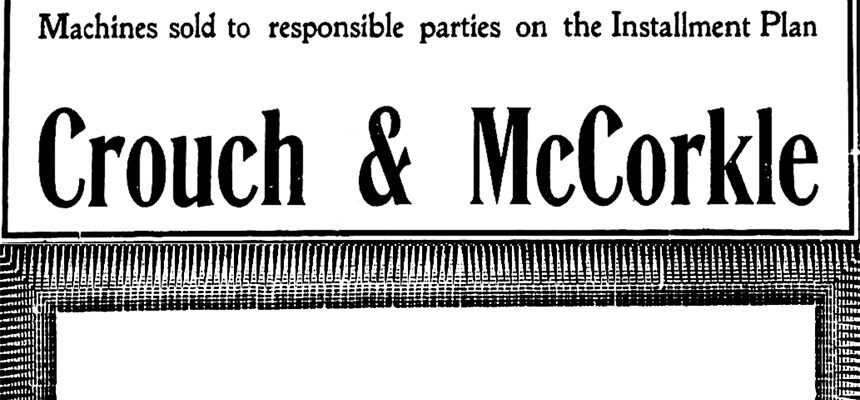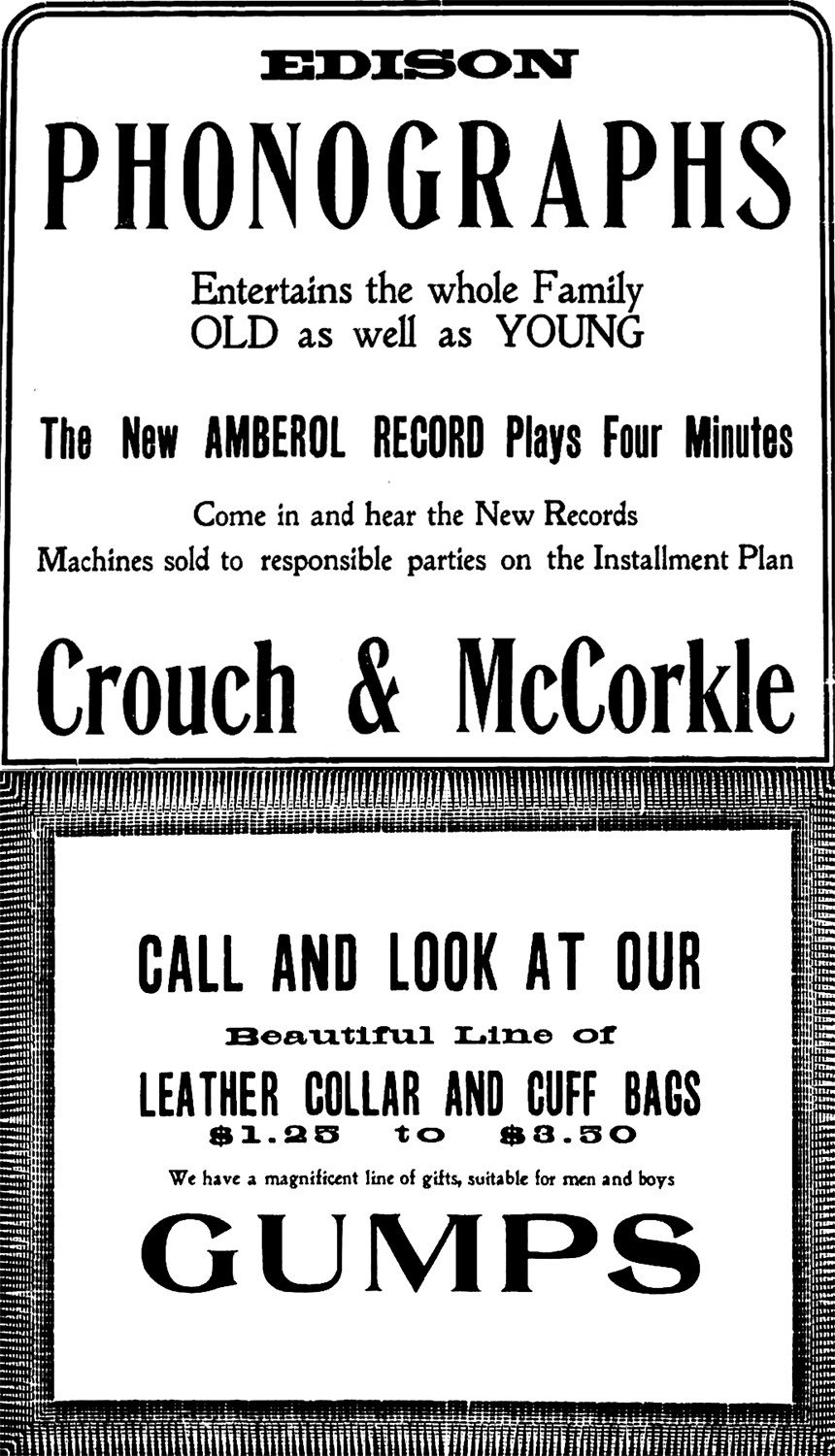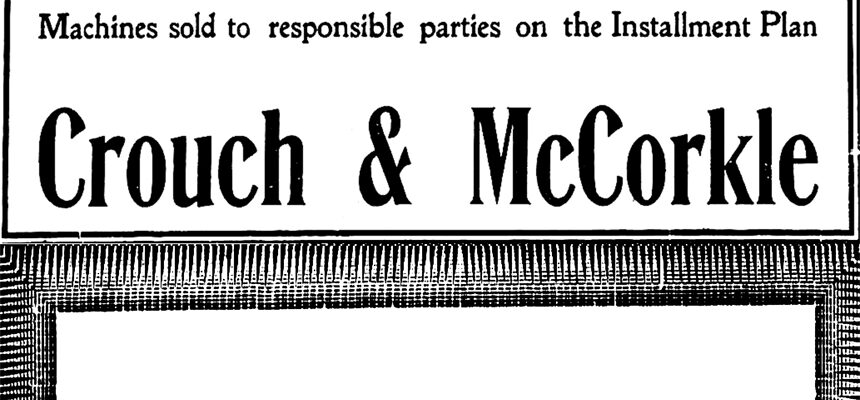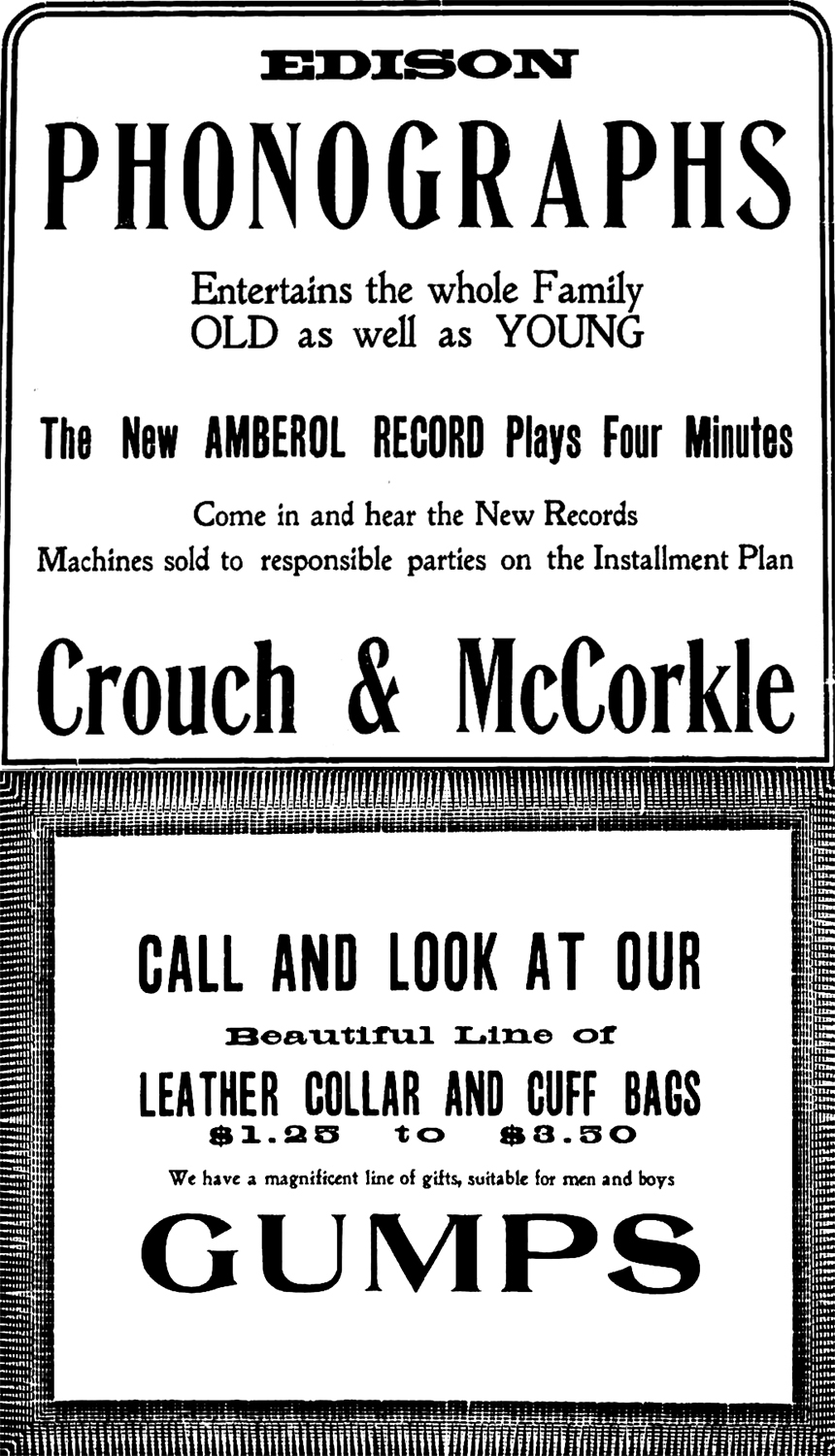Today's column pertains to Johnson City being rewarded one of the three normal schools in the state of Tennessee in 1909.
A bold headline from the Comet newspaper read: “Board Makes Statement and Gives Reasons for Selection of the Normal Sites in Johnson City, Murfreesboro, Memphis.”
A smaller caption further revealed: “In East Tennessee – The Board of Education Reaches Its Decision After Three Days Deliberation. The Awards Are Conditional on Each City Complying with All Promises Made in Its Normal School Application.”

State Normal School Award
The State Board of Education selected the three cities for the State Normal Schools for the three grand divisions of the State. The decision was reached after three days of careful deliberation on the part of the Board. Believing them to be the logical and proper sites for the schools, a final session was held in which a lengthy statement, signed by each and every member, was issued, giving reasons for the action.
Although 22 towns submitted bids for the schools, later Trenton and Milan withdrew their bids, leaving 20 towns from which to select the three sites. Realizing that 17 of the 20 proposed locations would be rejected, the board accepted the bids of the three towns making what they believed to be the best offers.
Competition Heats Up for the Schools
Since the passage of the general education bill by the previous General Assembly, a great deal of interest was manifested in the location of the new schools. A high spirit of generous rivalry was shown by the various towns, which grew more intense as the day of selection drew near.
In some instances, this rivalry even approached bitterness. However, when the decision of the board was made public, the delegations from the various losing towns had little or nothing to say about the matter. Of course, the delegations from Johnson City, Murfreesboro and Memphis were gratified at their triumph.
Reasons For Choice
Individually the members of the Board expressed various reasons for their choice. In addition to making the most liberal offers, the three chosen cities were considered to be the best geographically for Normal School purposes.
An examination of a map of Tennessee revealed this fact. It was noted that if a ruler was placed on a map of the state with one end on Memphis and the other on Johnson City, it will fall directly over Murfreesboro. Of course, the board took into consideration the accessibility of all the towns and concluded that the three chosen could be the easiest reached from all points and sections.
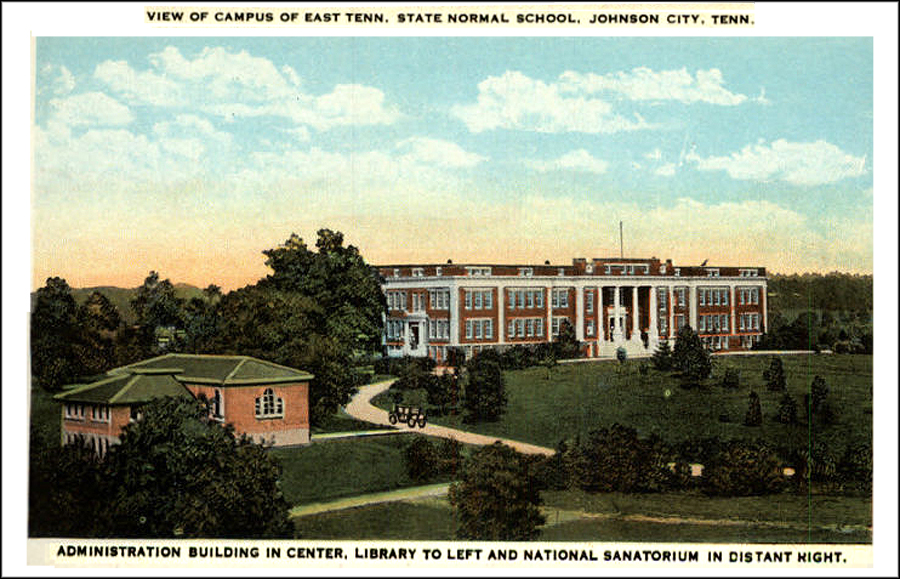
Johnson City's Offer
According to the opinion of the Board, Johnson City made by far the most liberal offer of any other East Tennessee town. They considered the thriving Washington County city to be the most accessible and best for the state institution.
The location of the middle division became a bone of contention. It was the general opinion that Clarksville would be selected. It's offer was $185,000, a free site and free water. Murfreesboro offered $180,000 and a free site. But when the board selected Johnson City for the Eastern and Memphis for the Western division, they considered Murfreesboro the proper place for the Middle division from the standpoint of accessibility and geographical location.
In each case, the board reserved the right to reconsider its actions taken if the provisions of the bids were not fully carried out as promised. Many telegrams were received by the Board expressing appreciation at the selection. “God bless the State Board of Education” was wired from Murfreesboro and “Our stock is above normal” came from Johnson City.

Statement of the Board
The Board of Education issued the following statement concerning the normal schools and their location:
“Under the act of 1909, the state board of education was charged with the duty of selecting sites for three state normal schools, one to be established in each grand division of the state, and pursuant to House Bill No. 212, Chapter 261 of the acts of Tennessee and of State Bill No. 609, chapter 580, of the Acts of Tennessee, authorizing counties and municipalities to make donations of money for the purpose of establishing and equipping the normal schools. The board advertised for bids and received propositions from 22 counties and municipalities in the state.”
Board Reviews Applications for School
The Board followed up by visiting each location submitting a proposition with the exception of two, which withdrew their bid and heard the arguments of speakers advanced in favor of each locality and, in addition, examined the written briefs which were filed.
The interest manifested over the state in establishing these schools far exceeded expectations, and the arguments offered for each one were strongly presented. Each had its merits considered, and the responsibility of deciding between rival claimants was quite thorny. Every competing place possessed varying degrees of merit and all were intensely interested in obtaining the school.
There had been differences of opinion among the members of the Board as to where the normal schools should be located. The final decision was reached after full consultation and consideration, and after each member had expressed himself fully as to the merits of the places applying. This was necessary in order to reach an agreement. Members of the board acted in a spirit of harmony and compromise.
With a few difficulties and some embarrassments under which the committee labored and appreciating fully its responsibilities, the following decision was reached by a majority of the members:
East Tennessee's Bid Details
“The majority of the board had decided that Johnson City in Washington County was the proper place for the location of the East Tennessee Normal School. It offered the proceeds of $100,000 in bonds, free lights, free water and a free site to be selected by the board. The municipality of Johnson City further obligated itself to build a streetcar line to the site selected and to lay granite rock sidewalks to the school.
This bid was larger than the bid of any other place applying in East Tennessee, and a majority of the board had considered that it met, as fully as any other, the essential requirements of the act under which the normal schools were being created.
However, the selection of Johnson City as a site for the normal school for East Tennessee was conditioned, like the others, on the faithful performance of all the guarantees and offers made, and the selection of a site, which would be suitable for the purposes of the school. If any of these guarantees or offers were not carried out in full, the board reserved the right to reject the bid of Johnson City and select another site for the normal school if, in its discretion, it was deemed necessary.
The board regretted the disappointment that came to so many applicants for the state normal schools, but congratulates them upon the educational spirit which had been so manifested everywhere they visited. Out of the agitation and generous rivalry, much good resulted to the cause of education.
The personal acknowledgment of the board was hereby tendered to the people of all the places visited for their hospitality and kindness.





